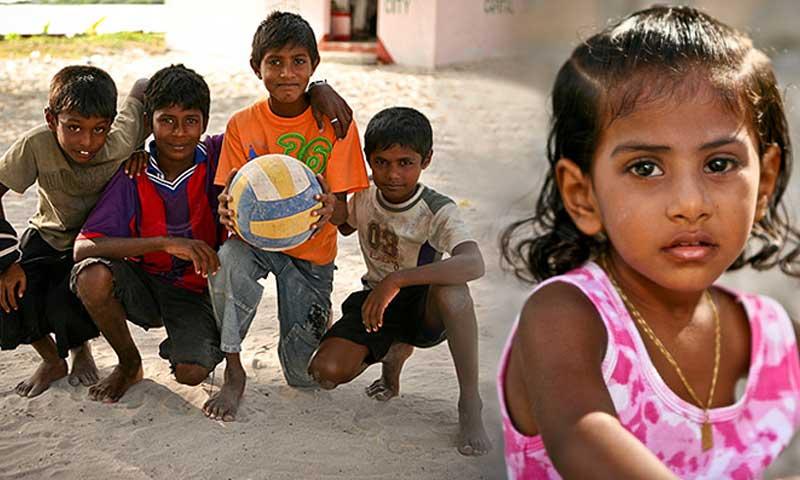
- Maldives's GDP growth is expected at 5.0% in 2025 and 4.8% in 2026
- Maldives's inflation rates forecasted at 4.7% in 2025 and 2.2% in 2026
- Per capita GDP growth for Maldives is expected at 0.7% in 2025 and 0.5% in 2026
Figures are based on the latest edition of ADB's Asian Development Outlook, which analyzes economic and development issues in Asia and the Pacific. This includes forecasting the inflation and gross domestic product growth rates of economies throughout the region.
The growth forecasts were finalized prior to the 2 April announcement of new tariffs by the US administration, so the baseline projections only reflect tariffs that were in place previously. However, ADO April 2025 does feature an analysis of how higher tariffs may affect growth in Asia and the Pacific.



Comparative economic forecasts
The latest available economic data for the Maldives compared to countries in South Asia.



Policy Challenge—Responding to Demographic Changes
Maldives is experiencing a huge demographic transition, with fertility rates falling below replacement levels and life expectancy rising dramatically.
According to the 2022 census, life expectancy at birth increased from 50 years in 1990 to 80 years in 2022. Currently, 1 in every 20 Maldivians is above the age of 65, with that proportion expected to climb to 1 in every 8 by 2050. This demographic change will significantly increase the old age population, putting additional pressure on the government budget. Increased spending on pensions, health care, and social welfare programs will be required, as will investment in training and infrastructure to support older workers. Without proactive measures, these demographic changes may negatively impact the country’s social and economic stability.
Initiatives to address age-related issues through generous social programs mark progress but place significant strains on public finances.
Public health initiatives have greatly boosted life expectancy, and programs offering universal health coverage and healthcare subsidies have made it easier for the elderly to receive care. Many senior citizens have gained financial independence thanks to the state-funded basic pension program for those over the age of 65. However, the pension system has become a significant economic burden, with expenses on basic pensions and other state pensions and benefits rising from Rf440 million in 2013 to Rf1.7 billion by 2024, or equivalent to almost 2.0% of GDP. The World Bank has expressed concern about the long-term viability of this costly system, noting that Maldives spends $325 per head on pensions, more than any other South Asian country, and covers 93.0% of the eligible individuals. As pensions account for 90.0% of social security spending in Maldives, reform is critical to ensure fiscal stability.
To respond to these challenges, Maldives must adopt a multifaceted approach.
The government should improve the pension system by increasing contributory coverage, offering incentives for private savings, and reallocating a portion of pension funds to insurance benefits and life-threatening illnesses. Encouraging higher workforce participation by women and elders can boost tax collection, while progressive taxation and tailored social safety programs can assure fair resource distribution. Furthermore, public–private collaboration and technology-driven solutions can improve service efficiency and reduce the cost of administrating the pension system. More broadly and over the medium term, expanding the sovereign wealth fund and diversifying the economy are crucial for long-term fiscal sustainability. These initiatives would allow Maldives to meet the growing requirements of its aging population while maintaining economic stability.
Source: Asian Development Bank. 2025. Asian Development Outlook (ADO) April 2025
